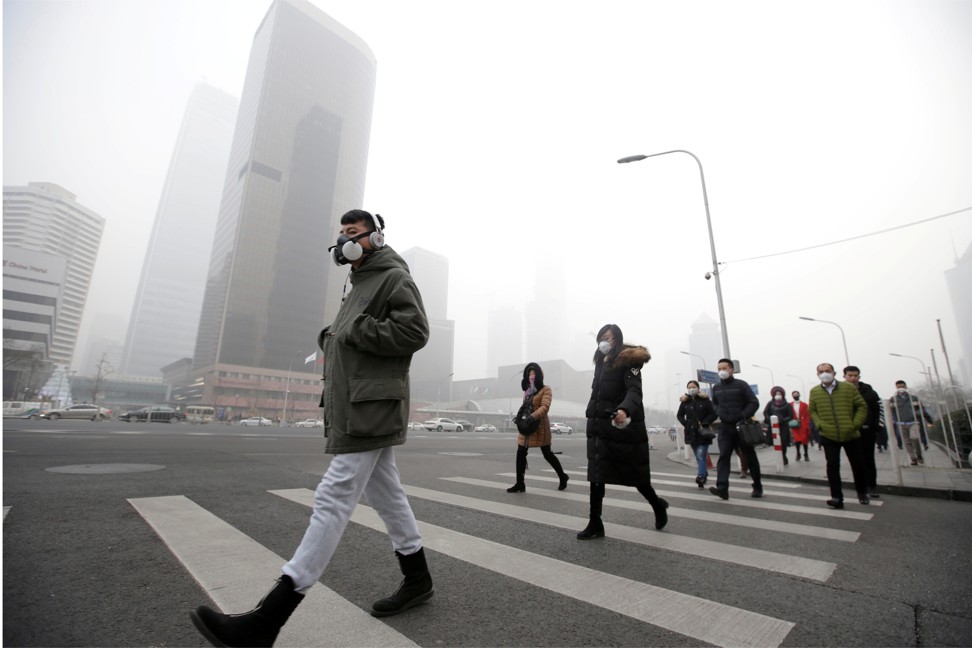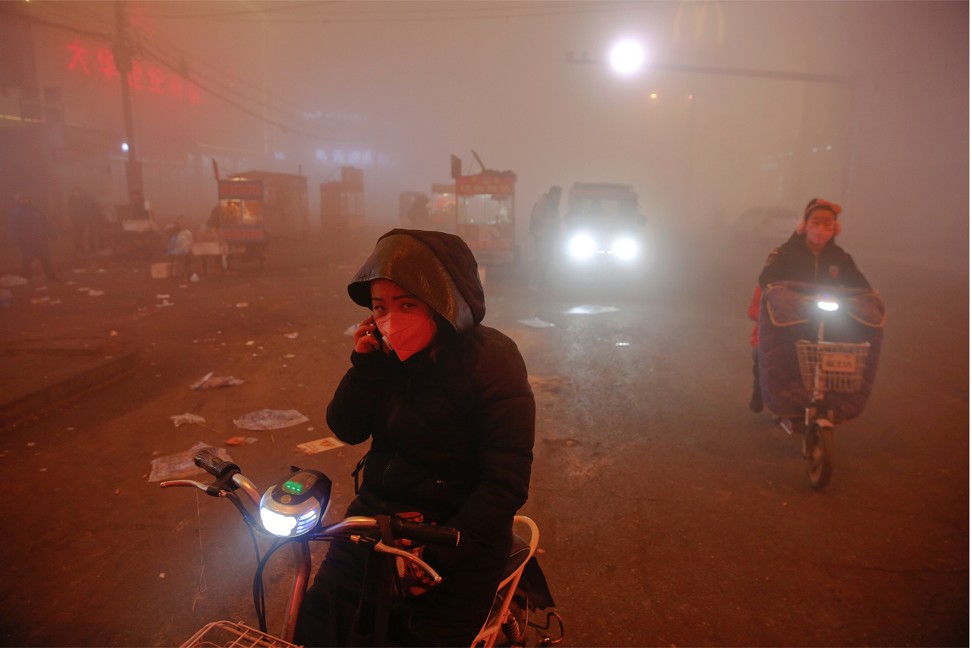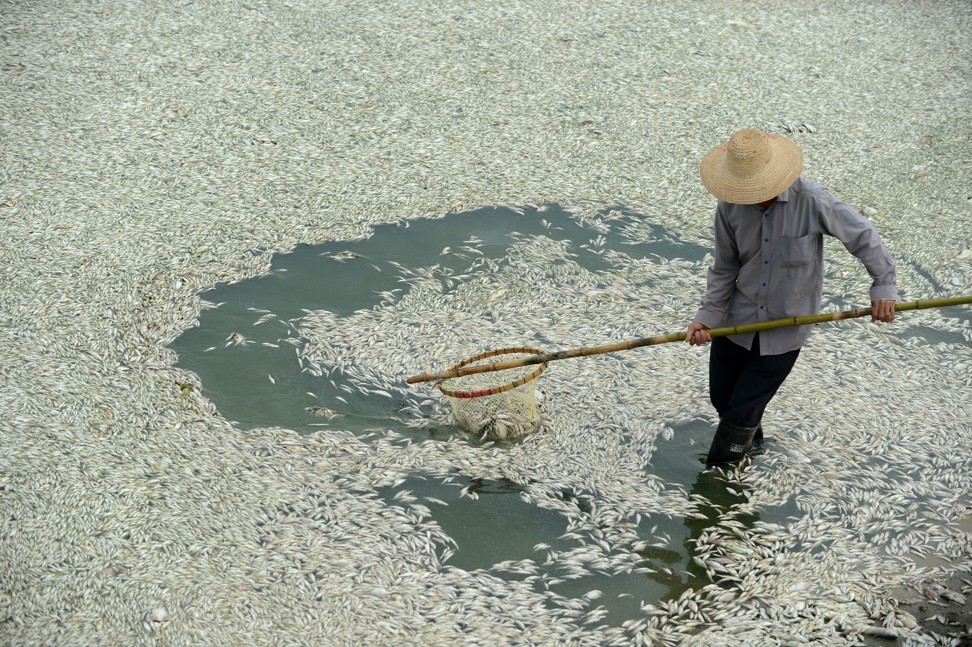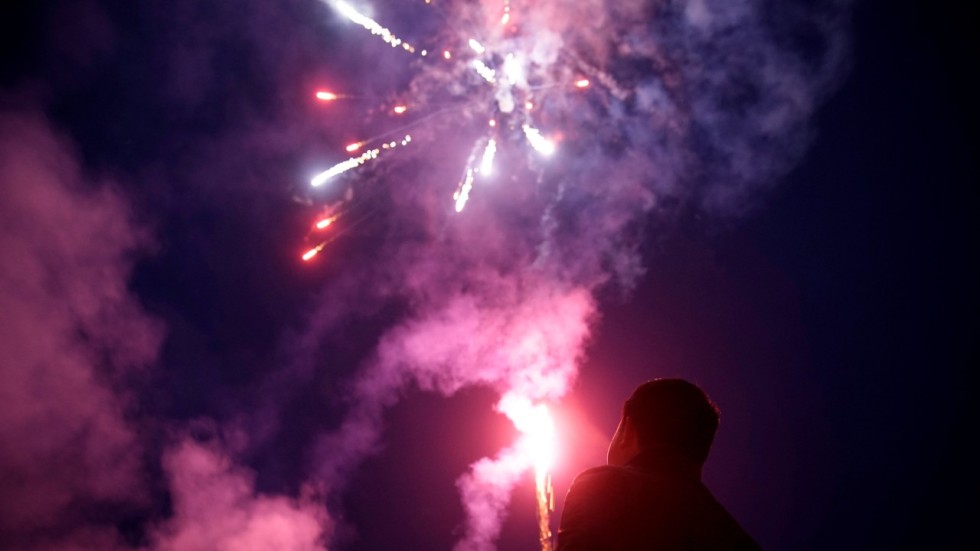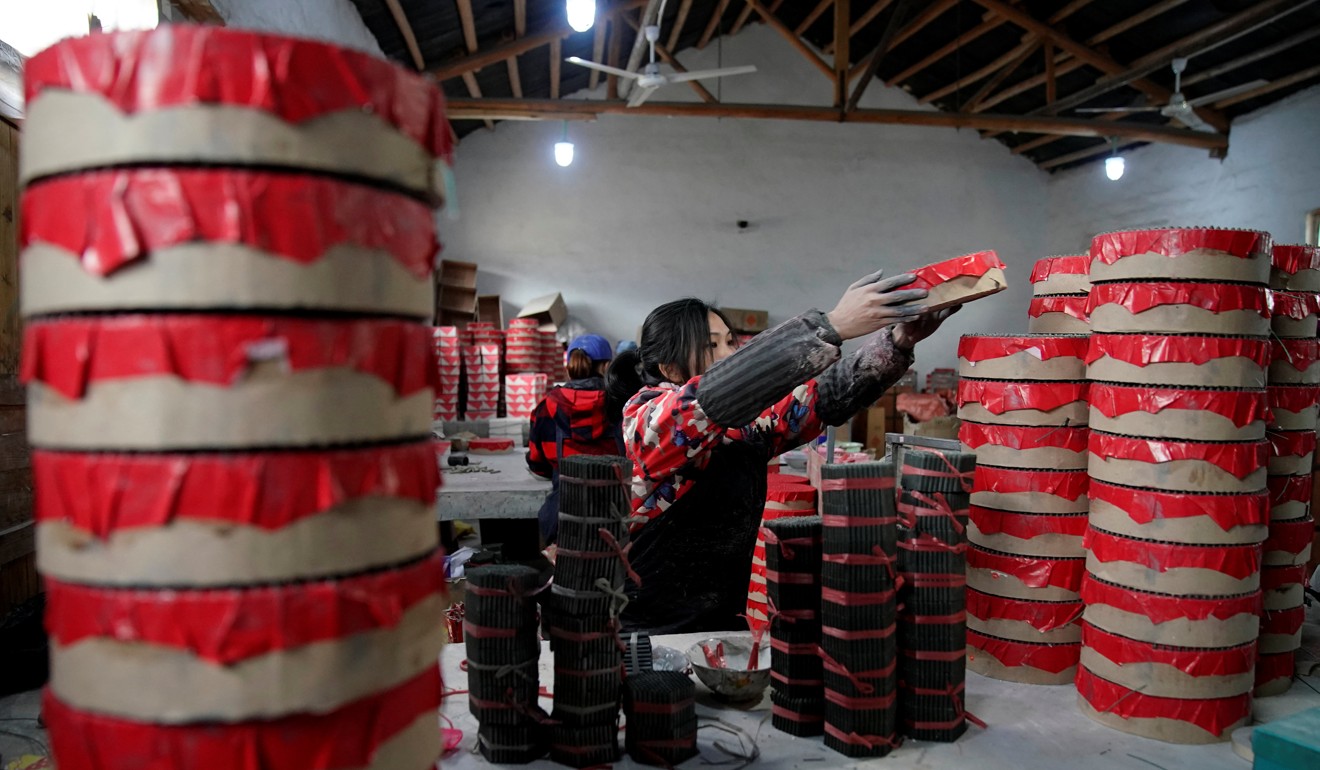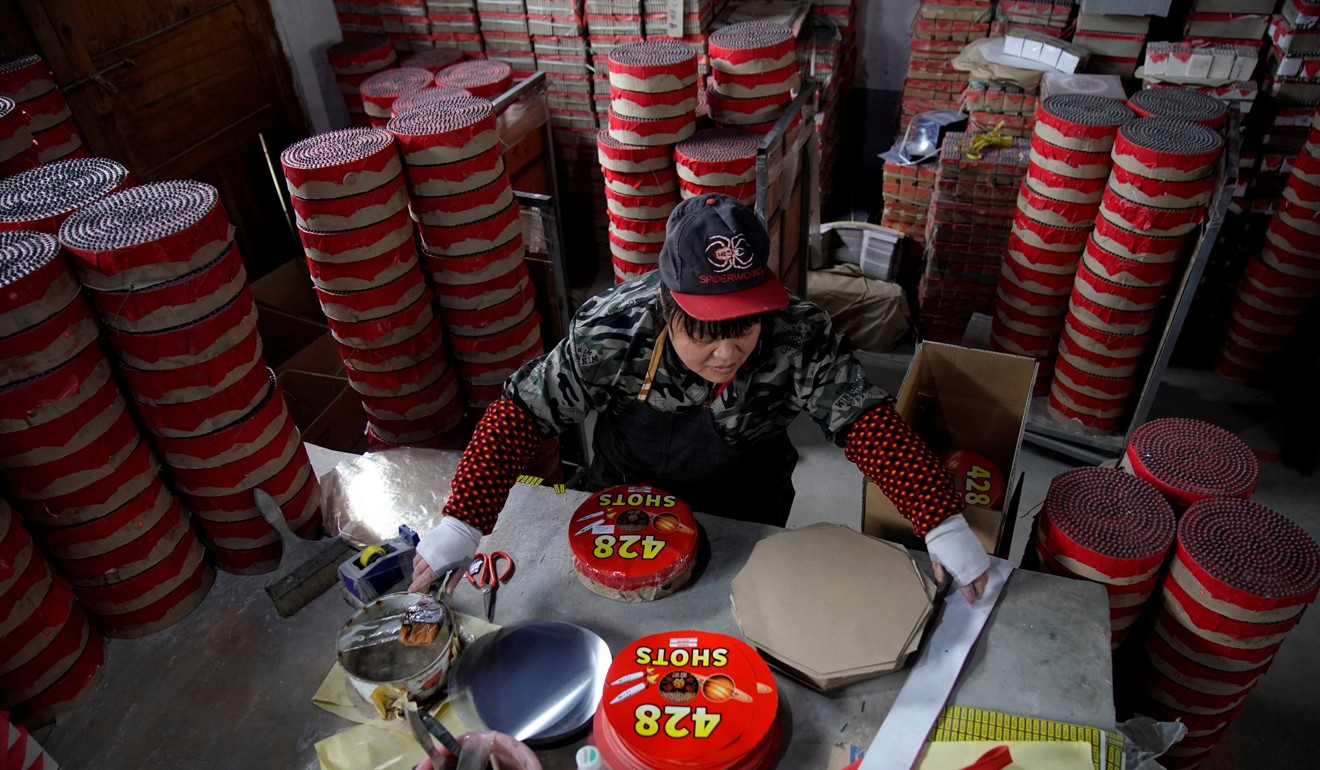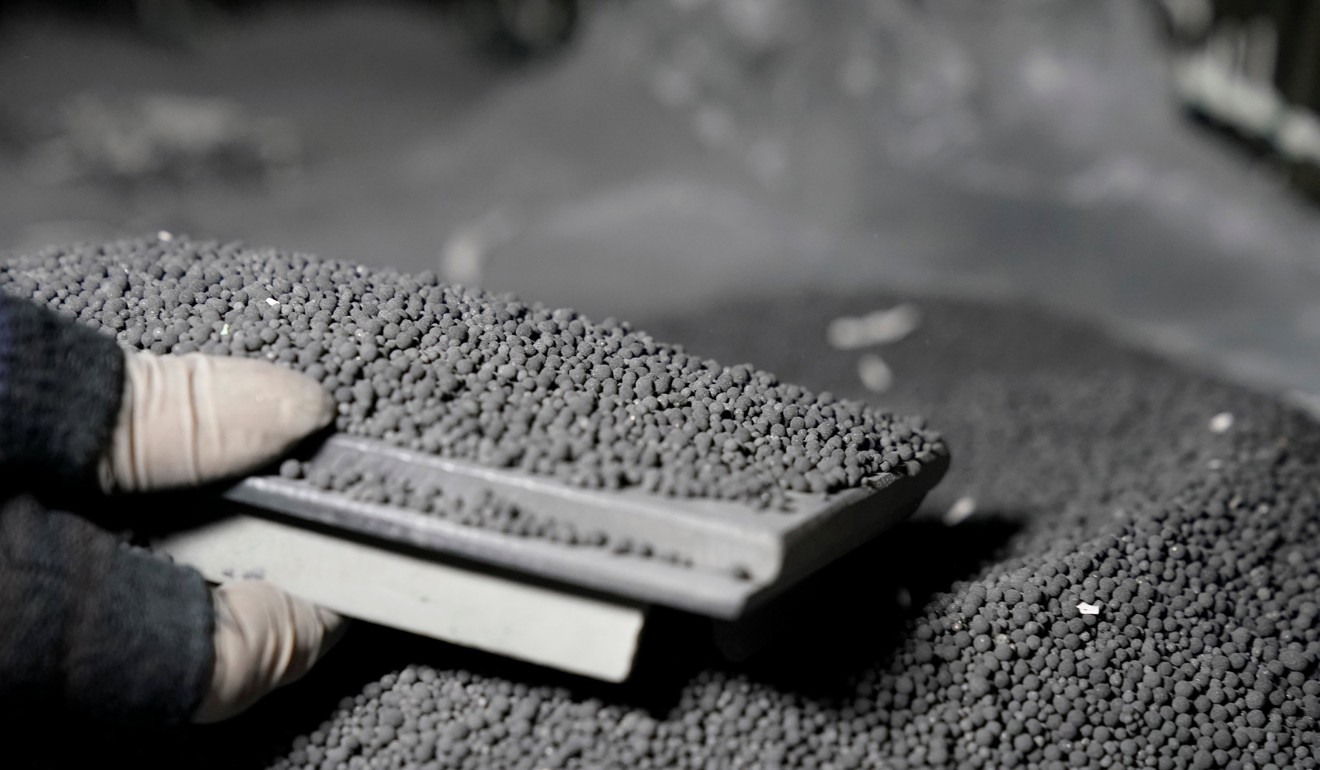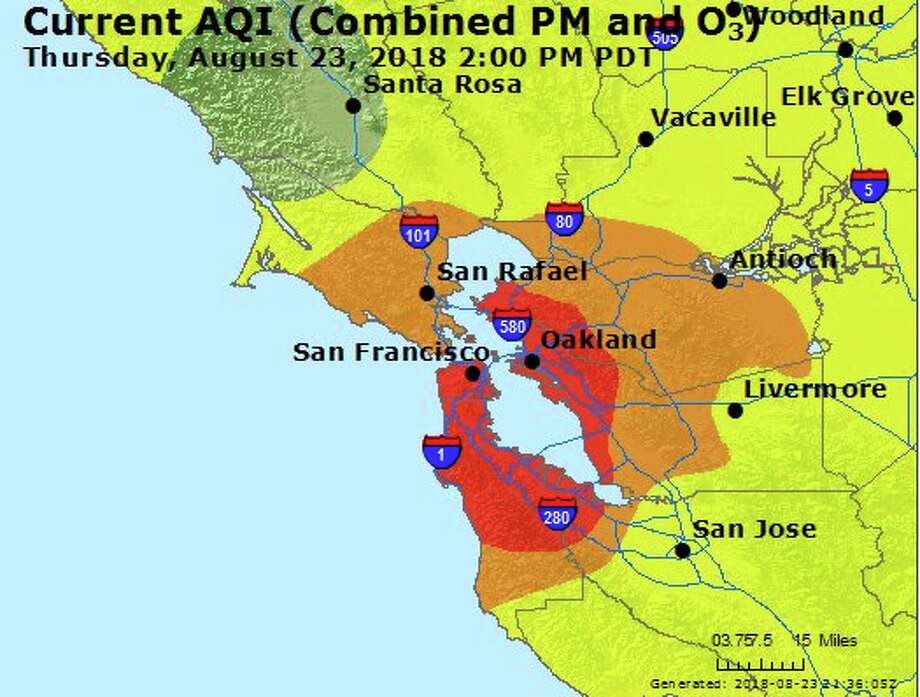Plastics Pile Up as China Refuses to Take the West’s Recycling
By KIMIKO de FREYTAS-TAMURAJAN. 11, 2018

Officials in Britain and the West are scrambling to cope with growing piles of plastics like this one in China. Beijing banned the import of many recyclables on Jan.1. Credit Fred Dufour/Agence France-Presse — Getty Images
LONDON — Ever since China announced last year that it no longer wanted to be the “world’s garbage dump,” recycling about half of the globe’s plastics and paper products, Western nations have been puzzling over what to do when the ban went into effect, which it did on Jan. 1.
The answer, to date, in Britain at least, is nothing. At least one waste disposal site in London is already seeing a buildup of plastic recyclables and has had to pay to have some of it removed.
Similar backups have been reported in Canada, Ireland, Germany and several other European nations, while tons of rubbish is piling up in port cities like Hong Kong.
Steve Frank, of Pioneer Recycling in Oregon, owns two plants that collect and sort 220,000 tons of recyclable materials each year. A majority of it was until recently exported to China.
“My inventory is out of control,” he said.
China’s ban, Mr. Frank said, has caused “a major upset of the flow of global recyclables.” Now, he said, he is hoping to export waste to countries like Indonesia, India, Vietnam, Malaysia — “anywhere we can” — but “they can’t make up the difference.”
In Britain, Jacqueline O’Donovan, managing director of the British waste disposal firm, O’Donovan Waste Disposal, said that “the market has completely changed” since China’s decision went into effect. Her company collects and disposes of about 70,000 tons of plastic trash every year, she said, and expects “huge bottlenecks across the whole of England” in the coming months.
Britain’s prime minister, Theresa May, pledged on Thursday to eliminate avoidable wastes within 25 years. In a prepared speech, she urged supermarkets to introduce plastic-free aisles where all the food is loose.
The European Union, for its part, plans to propose a tax on plastic bags and packaging, citing the China ban and the health of the oceans among other reasons.
Those measures might help ease the situation some day, but for now Britain is faced with growing piles of recyclables and no place to put them. Experts say the immediate response to the crisis may well be to turn to incineration or landfills — both harmful to the environment.

A recycling center near Ascot, England. Credit Steve Parsons/Press Association, via Associated Press
China’s ban covers imports of 24 kinds of solid waste, including unsorted paper and the low-grade polyethylene terephthalate used in plastic bottles, as part of a broad cleanup effort and a campaign against “yang laji,” or “foreign garbage.” It also sets new limits on the levels of impurities in other recyclables.
China had been processing at least half of the world’s exports of waste paper, metals and used plastic — 7.3 million tons in 2016, according to recent industry data. Last July, China notified the World Trade Organization that it intended to ban some imports of trash, saying the action was needed to protect the environment and improve public health.
“Large amounts of dirty wastes or even hazardous wastes are mixed in the solid waste that can be used as raw materials,” Beijing wrote to the W.T.O. “This polluted China’s environment seriously.”
Chinese officials also complained that much of the recyclable material the country received from overseas had not been properly cleaned or was mixed with non-recyclable materials.
The sudden move has left Western countries scrambling to deal with a buildup of plastic and paper garbage while looking for new markets for the waste.
“It’s not just a U.K. problem,” said Simon Ellin, chief executive of the Recycling Association in Britain. “The rest of the world is thinking, ‘What can we do?’ It’s tough times.”
In Halifax, Nova Scotia, which sent 80 percent of its recycling to China, Matthew Keliher, the city’s manager of solid waste, said he had largely found alternatives to accept plastic, except for the low-grade plastic film that is used to make shopping bags and for wrapping. Stockpiles of those plastics have so exceeded the city’s storage capacity that Halifax had to get special permission to bury about 300 metric tons of the material in a landfill.
In Calgary, Alberta, which sent 50 percent of its plastics and 100 percent of its mixed papers to China, the material has been stockpiled in empty storage sheds, shipping containers, trailers and warehouses since last fall. So far, 5,000 tons has been collected, Sharon Howland, the city’s lead manager of waste and recycling services, told the Canadian Broadcasting Corporation.
“The material are a sellable resource, so we will store them as long as we can and evaluate our options from there,” she said.

A mountain of garbage and plastic bags at a dump in Nairobi, Kenya. Credit Ben Curtis/Associated Press
In Britain, even the political class appeared caught by surprise. When asked in front of lawmakers about the impending ban last month, Environment Secretary Michael Gove fumbled: “I don’t know what impact it will have. It is something to which — I will be completely honest — I have not given sufficient thought.”
Pollution from plastics has captured global attention in recent years. A new David Attenborough series on the BBC, “Blue Planet II,” has shown plastic bags and bottles clogging oceans and killing fish, turtles and other marine wildlife, prompting governments to put in place more stringent rules.
Every year, Britain sends China enough recyclables to fill up 10,000 Olympic-size swimming pools, according to Greenpeace U.K. The United States exports more than 13.2 million tons of scrap paper and 1.42 million tons of scrap plastics annually to China, the Institute of Scrap Recycling Industries has reported. That is the sixth-largest American export to China.
“There may be alternative markets but they’re not ready today,” said Emmanuel Katrakis, the secretary general of the European Recycling Industries’ Confederation in Brussels.
Mr. Katrakis dismissed China’s claims that all imported scrap waste contained high levels of contaminants, and said that Beijing’s thresholds for most types of scrap were “far more demanding” than in Europe or the United States. At the same time, he said, Europe has focused too much on collecting plastic waste and shipping it out, and not enough on encouraging manufacturers to use it in new products.
“We’ve got to start producing less and we’ve got to produce better-quality recyclable goods,” Mr. Ellin said.
Too often, he said, manufacturers produce environmentally harmful products and then “pass the buck” to retailers, who in turn pass it to local councils to pick up the tab to sort out the waste for recycling.
“What’s happened is that the final link in the supply chain has turned around and said: ‘No, we’re not going to take this poor-quality stuff anymore. Keep it for yourself.’”
“The contamination can no longer be more than 0.5 percent,” he said, referring to the stringent levels that China has imposed on some of the materials that it hasn’t banned so far.
Is plastic waste from overseas “the reason why you can’t see blue skies in China?” he asked. “I don’t think so. Go fight the big battles, not the small battles.”
Ian Austen contributed reporting from Ottawa, and Catherine Porter from Toronto.



 Reply With Quote
Reply With Quote


